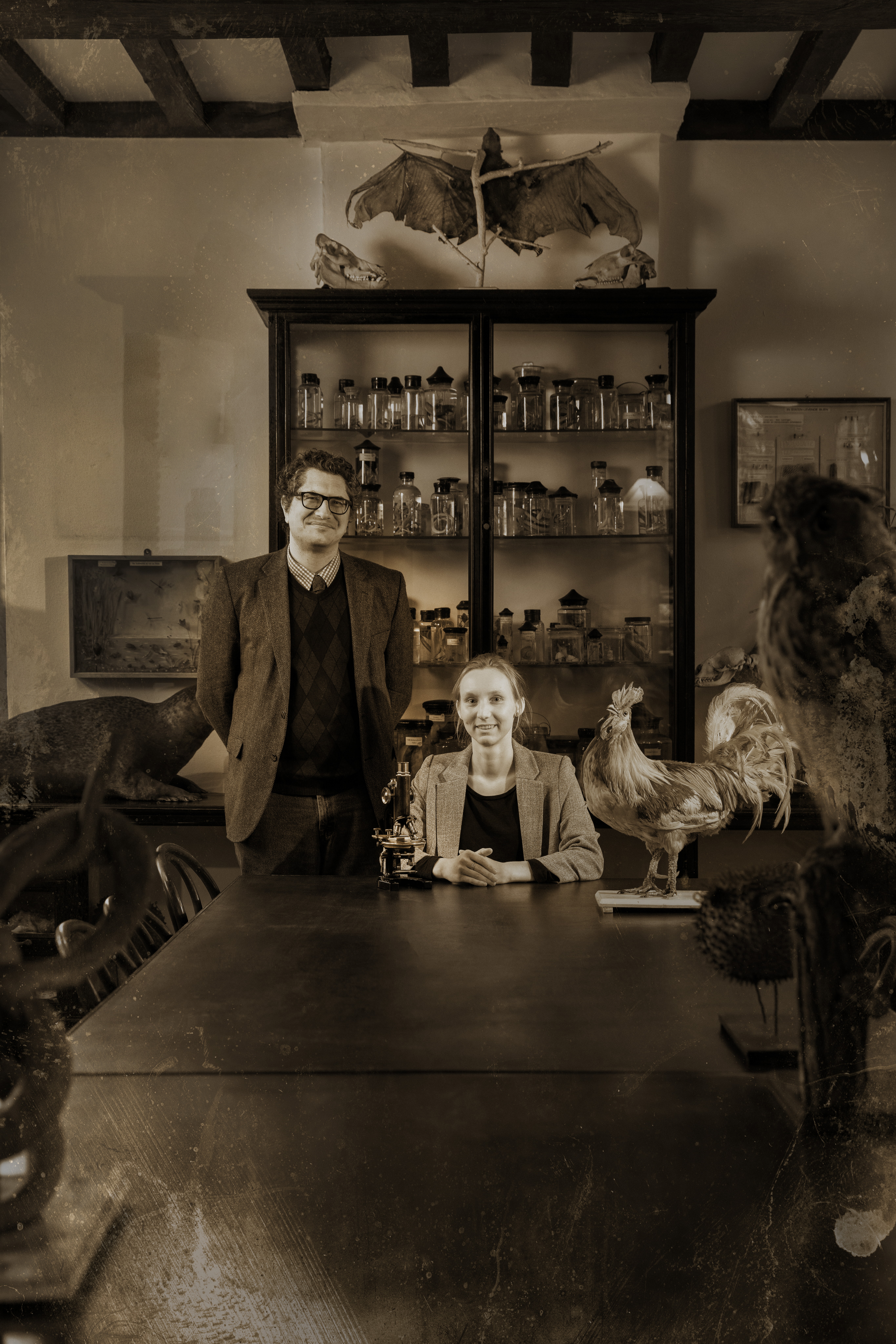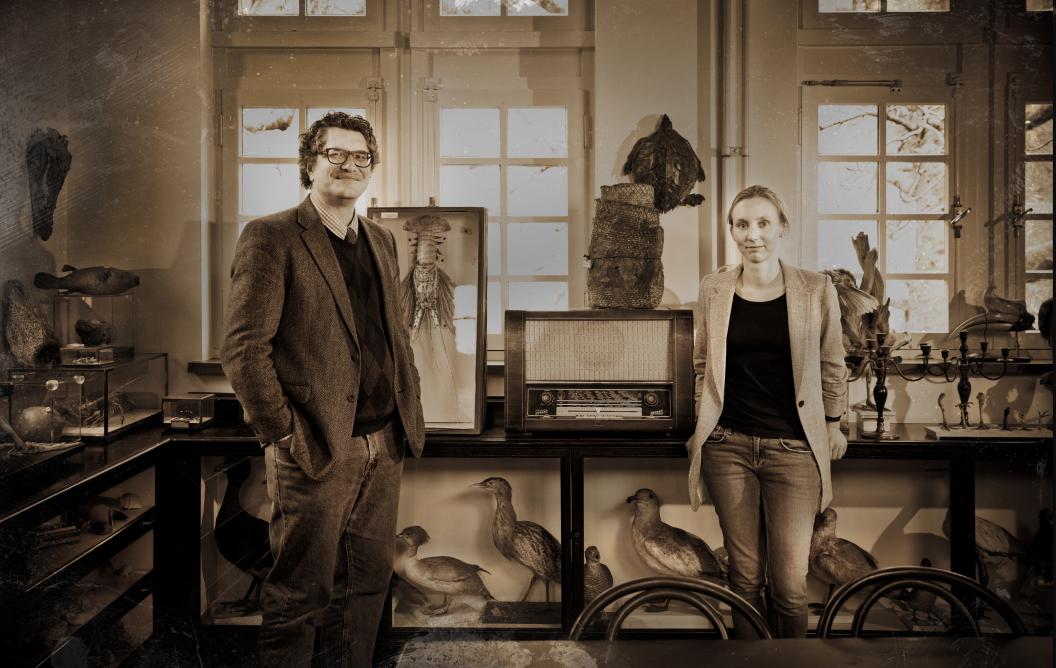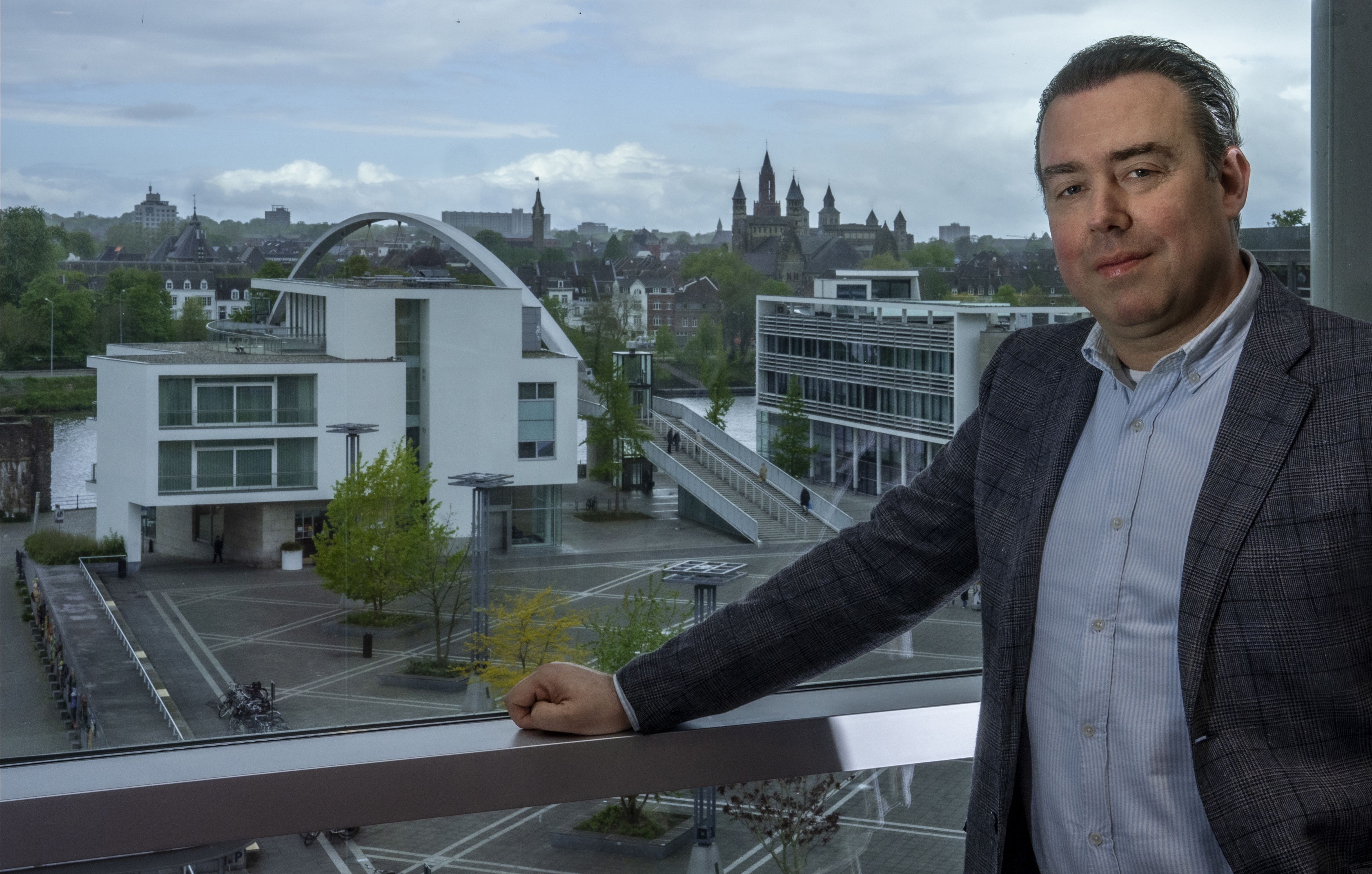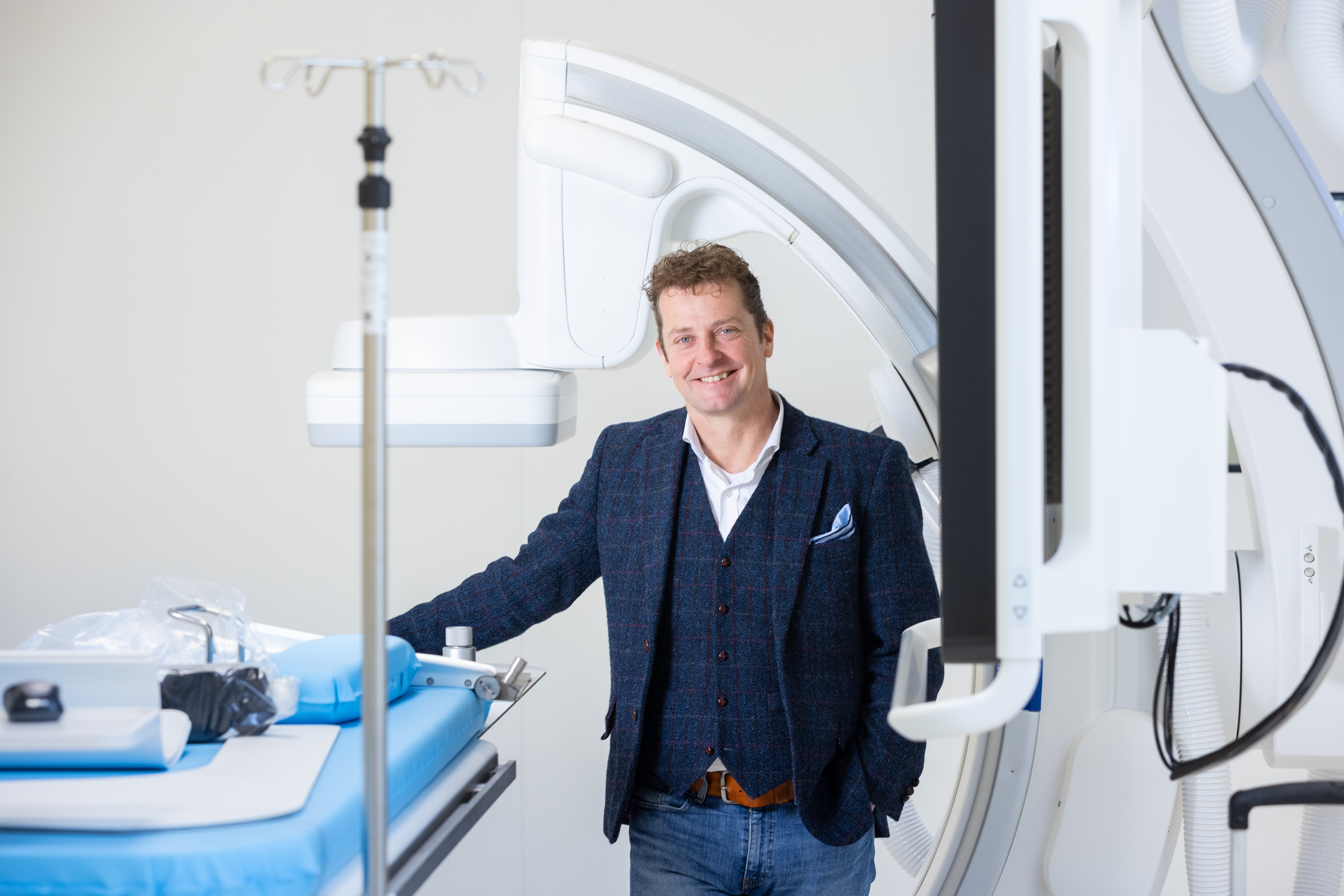Observers observed
This year, Lea Beiermann earned her PhD from Maastricht University. Her dissertation, A co-operation of observers, examines the role of amateur microscopists in the late 19th century. For her research, she made use of citizen science, similar to the microscopists in her book. One of her supervisors was Cyrus Mody, professor in the History of Science, Technology and Innovation at FASoS. Beiermann explains how she chose the subject of her dissertation and the role her supervisors played.
It all started with her internship at the University of Leicester during her research master’s programme in Cultures of Arts, Science and Technology (CAST). “I thought I was going to work with a literary scholar there, but the person who was supposed to supervise me had delegated the job to a historian. The first couple of weeks were difficult, but then I started to like it. The University of Leicester has an archive with a big collection of scientific periodicals. It was in one of these periodicals that I read an article about microscopy. I found out that people in the 19th century saw microscopy as a discipline, like geography or biology. That seemed so odd to me that I wanted to learn more.”
Correspondence
“The CAST programme is very interdisciplinary; it covers art, visual culture, literature, technology and history. We like to think we prepared Lea well for the sudden switch during her internship. She was able to adapt very easily,” Mody says. “She wrote such a good master’s thesis on the microscopy subject that her supervisor at the time, Raf de Bont, suggested that she apply for an NWO fellowship and write a dissertation. We managed to convince her.” Beiermann received the fellowship and started her PhD research at UM. “I found out that the old periodicals were citizen science avant la lettre. Microscopists had their own correspondence columns where they communicated and shared information with others. A lot was happening on those pages, almost like a continuous question-and-answer thing. They exchanged not only knowledge, but also slides, for example slides of bugs against butterflies. That was in the 1870s.”
People and periodicals
How did people interested in, say, slides of bugs find one another in those days? “These periodicals were passed around a lot,” Beiermann explains. “Microscopy and scientific societies had their own collections that members could borrow and find people interested in the same subject. Then they would write to the editor, who connected them with people in the correspondence column.” Were they always scientists? “This was at a time when scientific training was relatively new. Also, the boundary between a scientist and a non-scientist was more permeable. Disciplines like biology and life science were quite new. For a long time, you couldn’t get a degree in those fields, and besides, a degree did not distinguish you as a scientist. To me, it didn’t matter whether they were scientists or not. I was interested in a very diverse group of people. Some just liked to look at things through a microscope; for them it was more of a hobby.”

Lea Beiermann holds a BA in Creative Writing and Journalism (Universität Hildesheim), and an MRes in Cultures of Arts, Science and Technology and a PhD from Maastricht University. She now works as a scientific editor and writer.
Before joining UM, Cyrus Mody was an associate professor at Rice University. He is professor in the History of Science, Technology and Innovation at FASoS and director of the Science, Technology and Society Studies research programme.

Citizen science
Beiermann invited citizen scientists—not unlike those 19th century hobbyists—to help analyse her sources and materials. “There’s this big citizen-science web-based platform called Zooniverse. You can sign up and volunteer for all kinds of projects. My research project attracted around 2,300 IP addresses. The Biodiversity Heritage Library allowed me to upload part of their collection of scientific journals and books on the history of life sciences to Zooniverse so volunteers could identify microscopy illustrations.”
Why is citizen science so important? “It can help make science more democratic and get more people involved in it. I know some people were truly very involved in my project. The volunteers had a real impact on my research. Also, they contributed their own ideas and started collecting their own sources, for example on female illustrators. It enriched my own research and they got satisfaction from it.”
Cooperation
“I believed in the project right from the start,” Mody chimes in. “I really enjoyed working with Lea, my colleague Raf de Bont and Stefanie Gänger from Heidelberg University, Lea’s third supervisor. Lea’s background is in journalism and poetry, so her writing is always spot on and easy to read. The arguments were very clear, so in that sense, it was quite easy to supervise her work. I’d never come into contact with citizen science or digital humanities before. Now, it’s a growing part of my work. Lea gave me a nice window onto that world. I also drew inspiration from her work with Historians for Future, a platform that supports the climate movement by providing a historical perspective on today’s climate and biodiversity crisis. Lea set up the platform in 2020 together with two senior colleagues.” Beiermann: “I learnt a lot from my three supervisors, who each have their own expert knowledge. And just as importantly, our meetings were always interesting and enjoyable. None of us took ourselves too seriously—that always helps.”
Text: Margot Krijnen
Photography: Philip Driessen
Also read
-
What does it mean to live and work in a city with an international university? When do you notice the university, and how does it benefit you? We asked Maastricht native Stefan Vrancken (50), who works as an associate notary. In his spare time, Vrancken is also an amateur historian and genealogist...
-
Dani Shanley and Joshi Hogenboom on synthetic data, the pains and gains of interdisciplinarity, and why AI likely won’t release us from having to study the world we live in.
-
Lee Bouwman, a vascular surgeon and endowed professor of Clinical Engineering, specialises in the implementation of groundbreaking healthcare technologies. The key to success, he says, lies in the collaboration between engineers and clinicians. This approach has already resulted in a range of...
- in Featured


